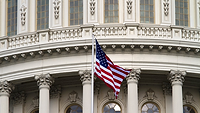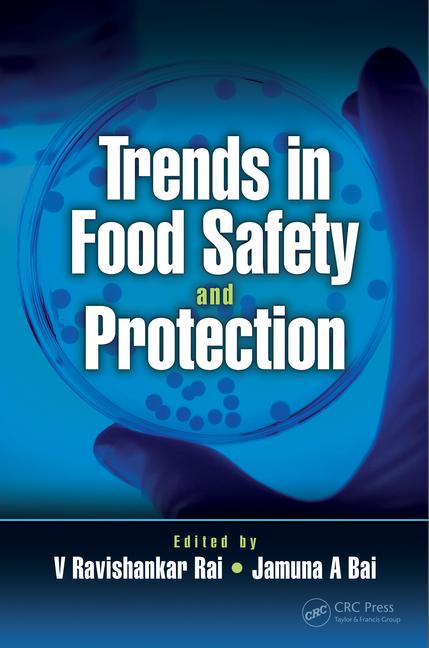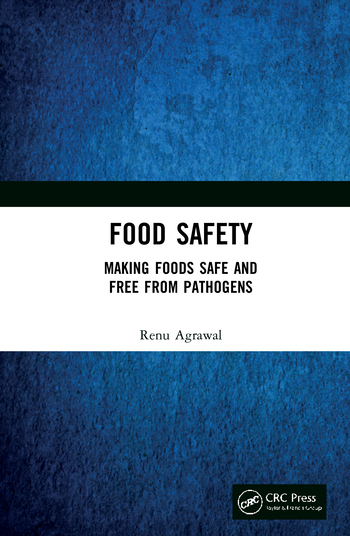FDA Bans Red Dye 3 in Food

Image credit: pvproductions via Freepik
Following pressures from consumer groups and legislators, the U.S. Food and Drug Administration (FDA) has revoked its authorization for the use of red dye 3 in food and ingested drugs. Food manufacturers using the colorant have until January 15, 2027 to reformulate their products.
Despite its decision to ban red dye 3 from food and ingested drugs, FDA maintains a contrary position, stating that claims of the colorant being harmful to human health through dietary exposure are not supported by the available scientific information. Still, the agency made its decision to revoke red dye 3's authorizations based on the Delaney Clause, which says that if a substance is found to cause cancer in man or animal, then it could not be used as a food additive.
FDA made its decision in response to a 2022 color additive petition filed by the Center for Science in the Public Interest, Consumer Reports, and 22 others, which cited, among other data and information, two studies that showed cancer in laboratory male rats exposed to high levels of red dye 3 due to a rat-specific hormonal mechanism. Although FDA granted this petition, in its decision, FDA asserted that these studies are not necessarily relevant to human health; according to the agency, harmful exposure levels for male rats are much lower than for humans, and studies in humans and in other animals did not show carcinogenic effects. In a December 2024 Senate hearing, when asked why the agency still allows potentially harmful red dye 3 in food but not cosmetics, FDA Deputy Commissioner for Human Foods Jim Jones reiterated this position, explaining that the current scientific consensus is that the additive’s mode of carcinogenicity in animals is not applicable to humans.
Regardless, beliefs that red dye 3 and other artificial food colorants are harmful to human health are widely held. In October 2024, Consumer Reports delivered another petition—with 80,000 signatures—urging the agency to ban red dye 3 in foods, citing, in addition to its potential carcinogenicity, that the dye is associated with hyperactivity and other neurobehavioral effects in children. A November letter from 23 Congress members also urging FDA to ban red dye 3 echoed the same concerns, and noted that the colorant is not allowed for food use by the EU, Australia, or New Zealand.
These concerns were also the reasoning behind the California Food Safety Act, passed in October 2023, which prohibits food containing red dye 3 (and three other chemicals) from being manufactured or sold in the state as of January 2027.
FDA notes that some other countries still currently allow for certain uses of red dye 3 (under the name erythrosine). However, foods imported to the U.S. must comply with U.S. requirements.
Are Other Food Dyes on the Line?
In a statement about FDA’s decision to grant its petition and revoke authorizations for red dye 3 in food and ingested drugs, Consumer Reports wrote, “With FDA’s decision to ban red dye 3, Consumer Reports is continuing to press the agency to ban other synthetic food dyes that have been linked to neurobehavioral problems in children and launched a petition calling on the agency to take action.”The California School Food Safety Act, passed in August 2024, bans six synthetic food dyes in foods sold or offered at public schools in the state due to their potential developmental and behavioral harms to children. The legislation will go into effect December 31, 2027 and targets red 40, yellow 5, yellow 6, blue 1, blue 2, and green 3.
With increasing state-level legislative activity surrounding food colorants and other chemical additives, as well as growing concerns from Congress members, consumer groups, and the public, FDA’s newly reorganized Human Foods Program is prioritizing post-market chemical safety reviews. The agency is currently developing an enhanced, systematic process for reassessing the safety of food chemicals already on the market.
Looking for a reprint of this article?
From high-res PDFs to custom plaques, order your copy today!









